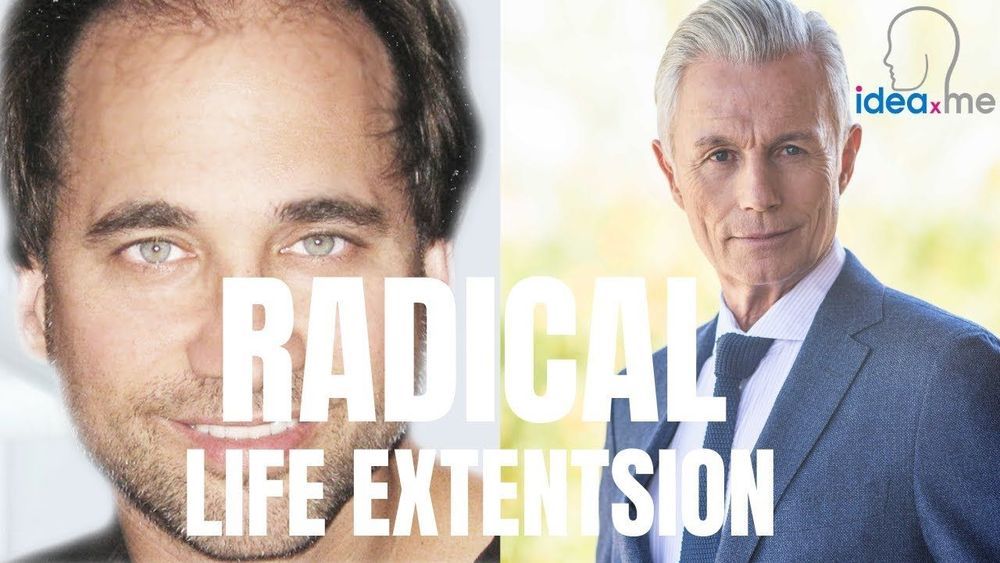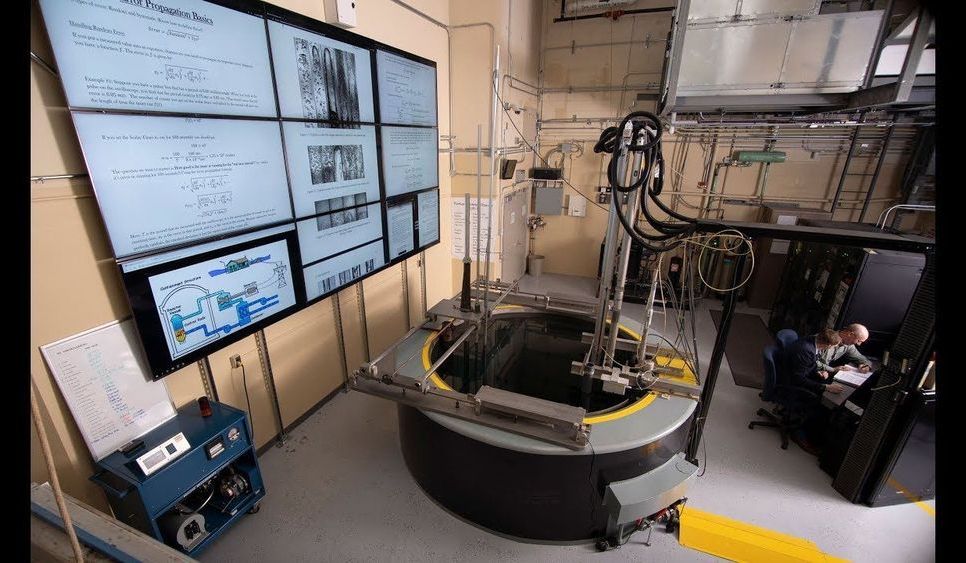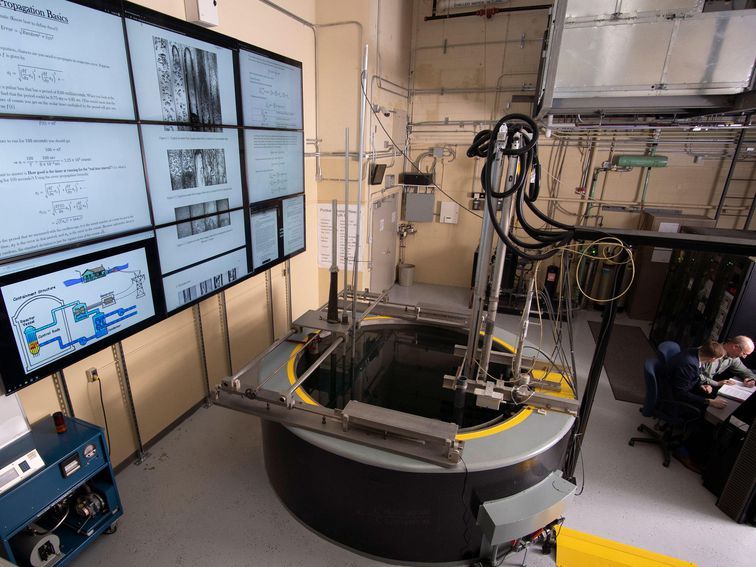Ira Pastor, ideaXme longevity and aging ambassador and founder of Bioquark, interviews James Strole, Co-Founder and Co-Director of People Unlimited and Director of the Coalition For Radical Life Extension.
Ira Pastor Comments:
On the last several shows we have spent time on different hierarchical levels the biologic-architecture of the life, disease and aging process. We’ve spent some time talking about the genome, the microbiome, tissue engineering, systems biology, quantum biology, organism hydrodynamics, biosemiotics, and chronobiology.
As exciting and promising as all of these research paths are, at the end of the day, in order for them to yield what many of us are looking for, radically extended healthspans and lifespans, and for them to be translated at scale, that is: approved by regulators, marketed by large pharma and CPG companies, and prescribed by a millions of clinicians (especially as the target market is all 7+ billion inhabitants of the planet), there needs to be an appropriate system of advocacy, education, awareness, and networking built around them to spread the word of the possibilities and the beautiful future that they can bring.
For today’s guest, I could think of no one better to come talk with us about this topic and take us into the future, than James Strole.
James is the Co-Founder and Co-Director of People Unlimited, an organization that’s involved in inspiring, educating, and connecting like minded people interested in achieving unlimited lifespans.








